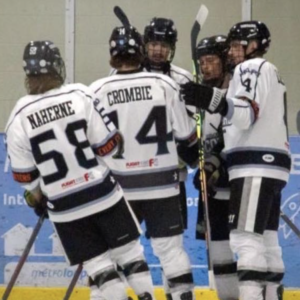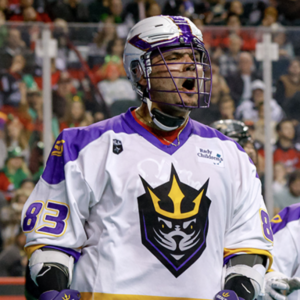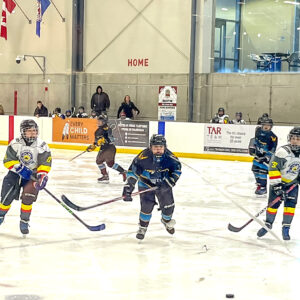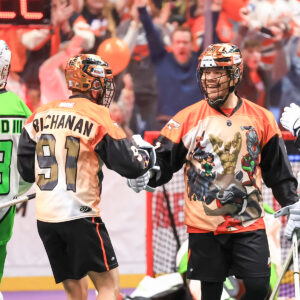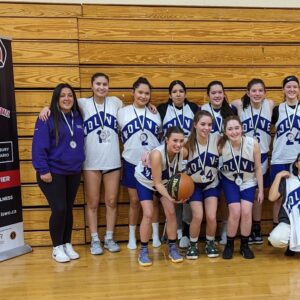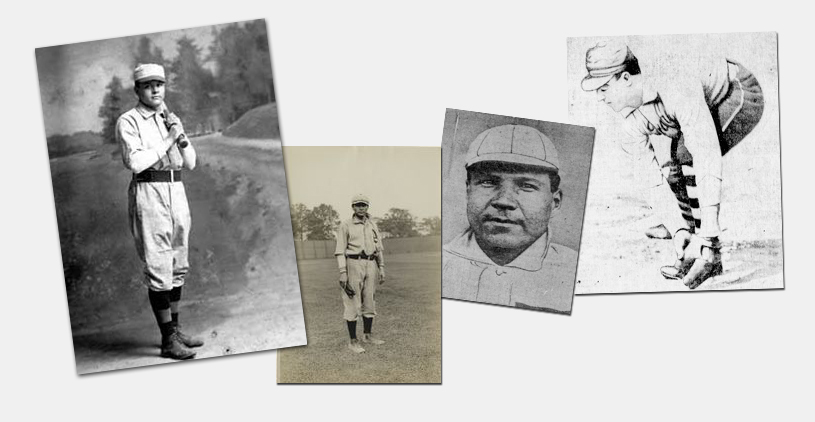
The first Indigenous player to break baseball’s “Red Barrier” was Louis Sockalexis, a 25-year-old member of the Penobscot Nation of Maine. He learned the game while attending a residential school. He was born on the Penobscot reservation on October 25th, 1871.
Louis (Sox) Sockalexis, a pitcher and fielder, played in his first professional baseball game on April 22nd, 1897, suiting up for the Cleveland Spiders. He was an impressive-looking man with size and a ready smile.
In an interview, Baseball Hall of Fame manager, Hughie Jennings, once referred to Sockalexis specifically. “No other player (besides Louis Sockalexis) ever crowded so many remarkable accomplishments into such a short time,” he said.
Sockalexis played only two pro seasons with the Spiders before the team disbanded in 1899, and moved but left his mark as the first American Native to play professional baseball. But soon there would be others.
According to the team website, after the Spiders franchise owner moved some of his best players to another league, they became the Cleveland Browns but would change its name again to the Cleveland Indians in memorial to Sackalexis after his death in 1919.
The controversy over the team name lately had caused today’s owners of the franchise to change its name. One of the suggestions being floated is a return to the name the “Cleveland Spiders.”
Many others would follow using baseball as a means of escape from the reservation.
Bill Phyle, a Lakota, was born in 1875, was a pitcher/third baseman from 1898 to 1899 for the Chicago Orphans franchise, then traded to the New York Giants in 1901, and then the St. Louis Cardinals in 1906.
On September 17, 1898, he pitched a shutout on his Major League debut with a 9-0 win over the Washington Senators. After retiring as an active player, Phyle became an umpire, and died in Los Angeles, in 1953, at age 78.
In 1903 there was Ed Pinnance, an Ojibwe from Walpole Island, nicknamed “Peanuts” who pitched for the Philadelphia Athletics. In 162 games, he finished the season with a 2.57 ERA.
Lou Bruce was a pitcher and fielder, a pureblood Mohawk born at St. Regis, NY, January 16th, 1877.
According to a contemporary news article which appeared in the Toronto Star, “Not even the redoubtable Jimmy Casey, in the heyday of his popularity in Toronto, was ever as warm a favourite as Louis Bruce, the clever hurler and utility man of the Toronto Club. Bruce is a natural ballplayer. While small in stature, he has tremendous strength and stamina, and unquestioned ability. His remarkable pitching since he played with the Toronto Club has created a sensation. He is also one of the leading batsmen of the Canadian Eastern League and probably without a peer as an emergency hitter.”
He played in only 30 pro games but is remembered more for his Toronto years.
Bruce was known as a two-way player for the Toronto Maple Leafs of what is now the Inter-county Baseball League from 1901 to 1904. In 1902, as a pitcher, he went 18-2, and the next year, he was 12-4. As a hitter, he was over .300 from 1901 to 1903 with a peak in 1903 when he hit .356 in 100 games.
He played pro or semi-pro between 1900 and 1907, and is said to have saved up his money to finance his education.
He came from a line of Mohawk Chiefs including his father John, who served in the Canadian Military as part of a contingent of 60 Mohawks in the expedition that attempted to rescue General Charles Gordon when he was besieged in Khartoum, Sudan. John Bruce served as a boatman, won two medals, and traveled the world.
Lou Bruce died in 1968.



